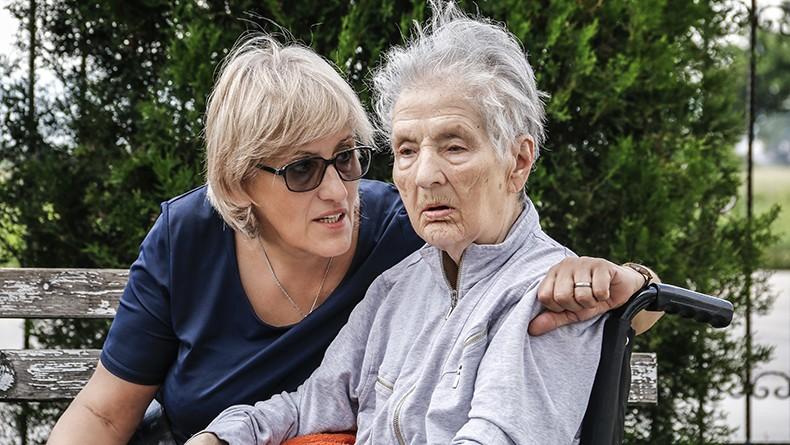Helping People Live at Home: Presuming Eligibility for Medicaid

If there is one thing that our COVID-19 pandemic experience has taught us, it is that we should do all we can to avoid unwanted admissions to nursing facilities. It is true that some people want to go to a nursing facility, and we should honor that choice. But so many people who find themselves in a nursing facility never proactively make that choice. Rather, they experience a crisis due to an unexpected hospitalization or a change in condition that leads to a need for a new level of assistance to function at home. Or there is a change in their family caregiving situation due to caregiver illness, burn-out, a need to return to work, or other commitments.
Ideally, people in such crisis situations could get help to stay in their homes, yet confronting many individuals is an institutional bias that is difficult to overcome. For those who have very low incomes and need public assistance like Medicaid to secure the services and supports they need, there is often no choice but to go to a nursing facility. That’s because eligibility can be determined for people entering nursing facilities almost immediately—and even if it takes more time, nursing facilities can usually afford to wait for Medicaid to pay the bill retroactively. As a result, low-income people in need of services and support typically wind up in a nursing facility when they want to stay at home but cannot get the public support to do so. This is true especially in states that have wait lists to get home care. But even in states that do not have wait lists, if a person cannot wait for the determination of complex Medicaid eligibility decisions, the institution is the only option. This dynamic is part of the institutional bias in Medicaid that makes it easier to enter a nursing facility than for a person to receive services in their own home. Additionally problematic, home-based care typically is more cost-effective than facility care—meaning that Medicaid is often spending more money for what people do not want.
Only a few states have policies to overcome this barrier to home care. Using an approach known as “presumptive eligibility,” these states employ strategies to cut red tape and fast-track access to Medicaid for home care. A newly released report details how these states use basic financial information and screening tools to presume that a low-income person is eligible for Medicaid and start services in the home prior to an official Medicaid determination.
While an effective practice for any time, the approach has proven so promising that last year the federal government gave states more flexibility to do this as part of COVID-19 pandemic response efforts. The Centers for Medicare & Medicaid Services (CMS) has approved increased flexibilities for various states to start or continue services under Medicaid so that individuals with disabilities and older adults can receive services at home, where they are more likely to be able to socially distance from others. One of those flexibilities has been an attestation of financial and functional eligibility, significantly speeding up the ability to begin services in a person’s own home or home-like licensed residential setting, such as an assisted living facility or adult family home while full eligibility is verified. The state of Washington offers one example. Washington’s legislature directed the state to seek a waiver from CMS that would allow a more permanent authority to use presumptive eligibility for individuals transitioning from acute hospitals who are in need of long-term care services.
Such actions can have an immediate impact on people’s lives. Accessing services quickly means that individuals are more likely to be able to discharge from a hospital directly to their home, rather than making a short-term stop at a nursing facility, which so often leads to a long-term nursing facility stay. It means that individuals can discharge home with needed services, allowing family caregivers to return to their jobs and other commitments.
Finding ways to support individuals to quickly access services in their own homes and communities is a win-win. Most importantly, it is consistent with the preferences of individuals, who generally prefer to stay in their own homes, and it is also a more cost-effective option than an institutional setting.

